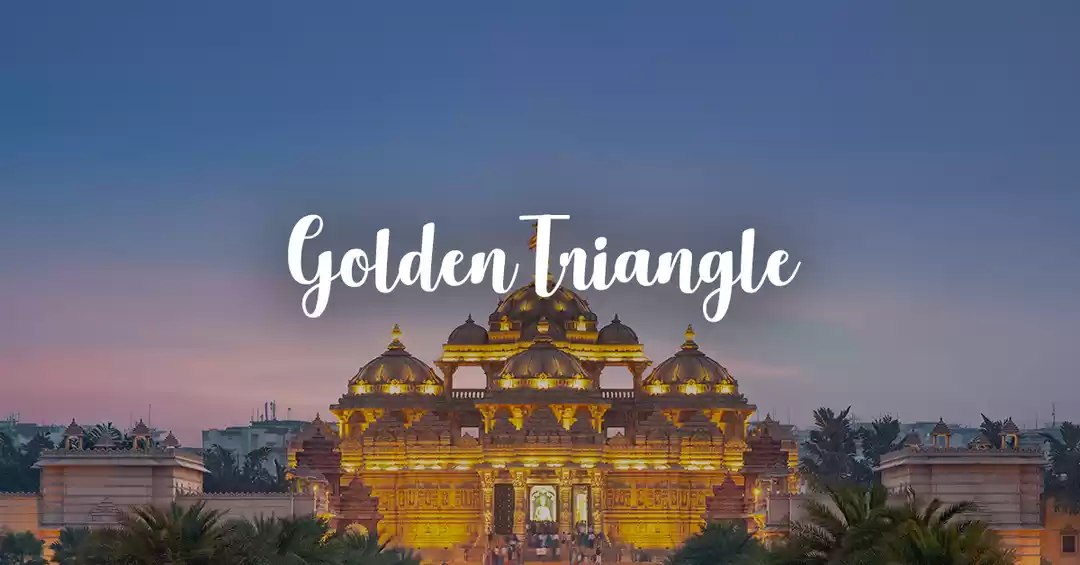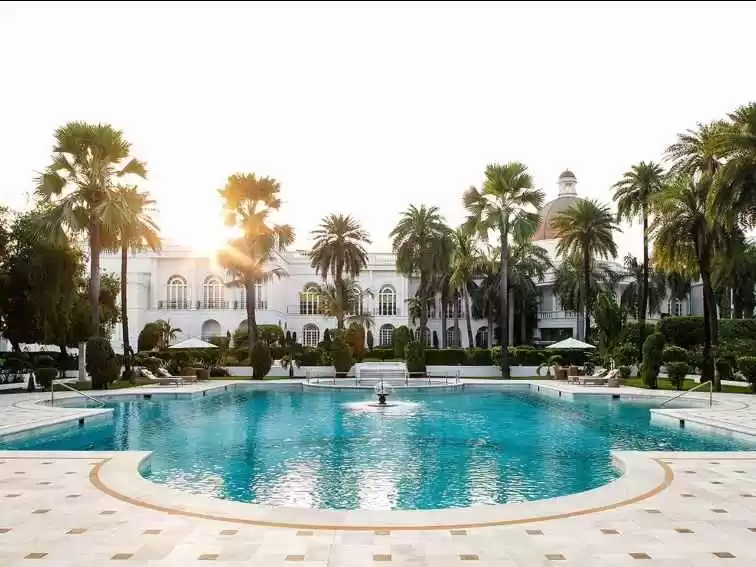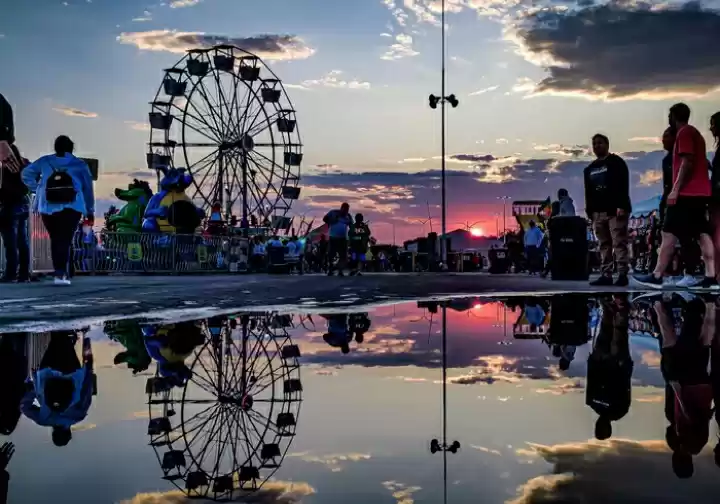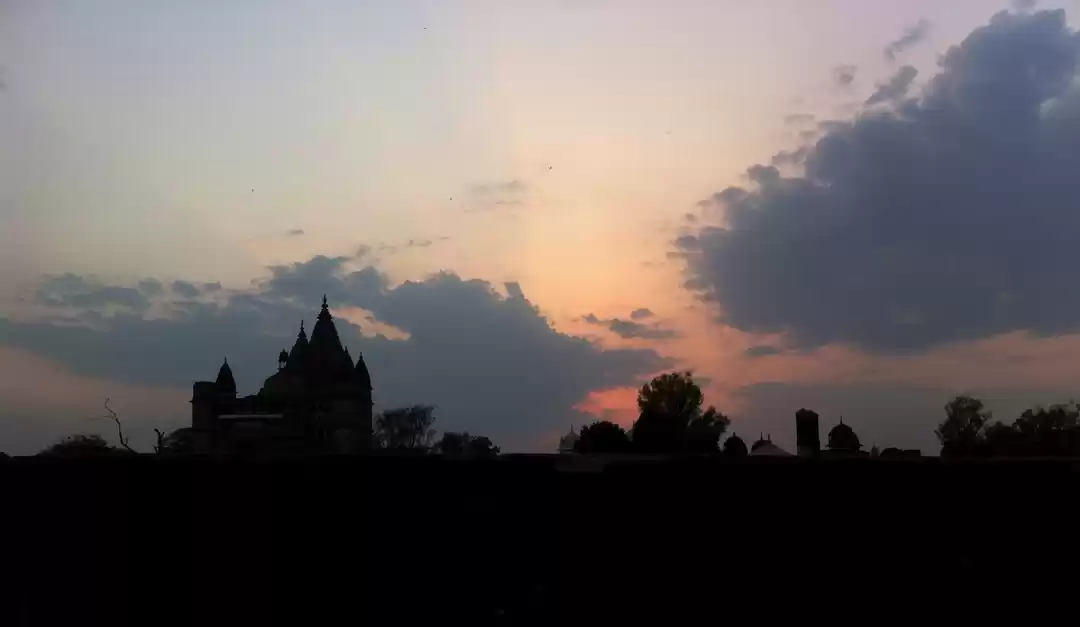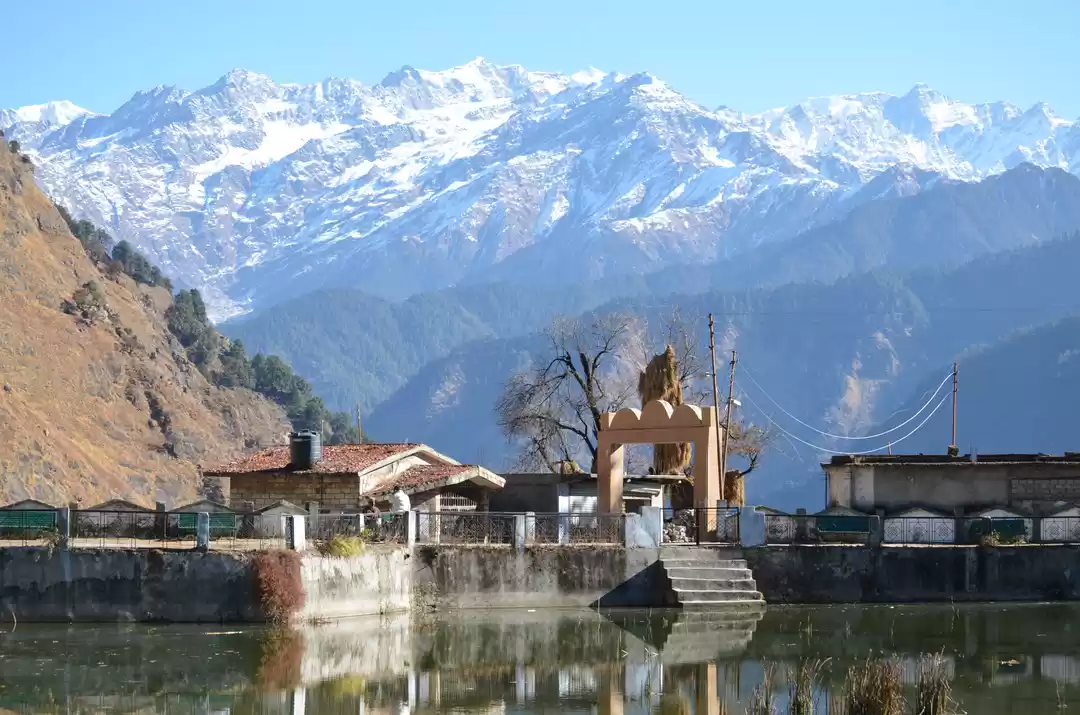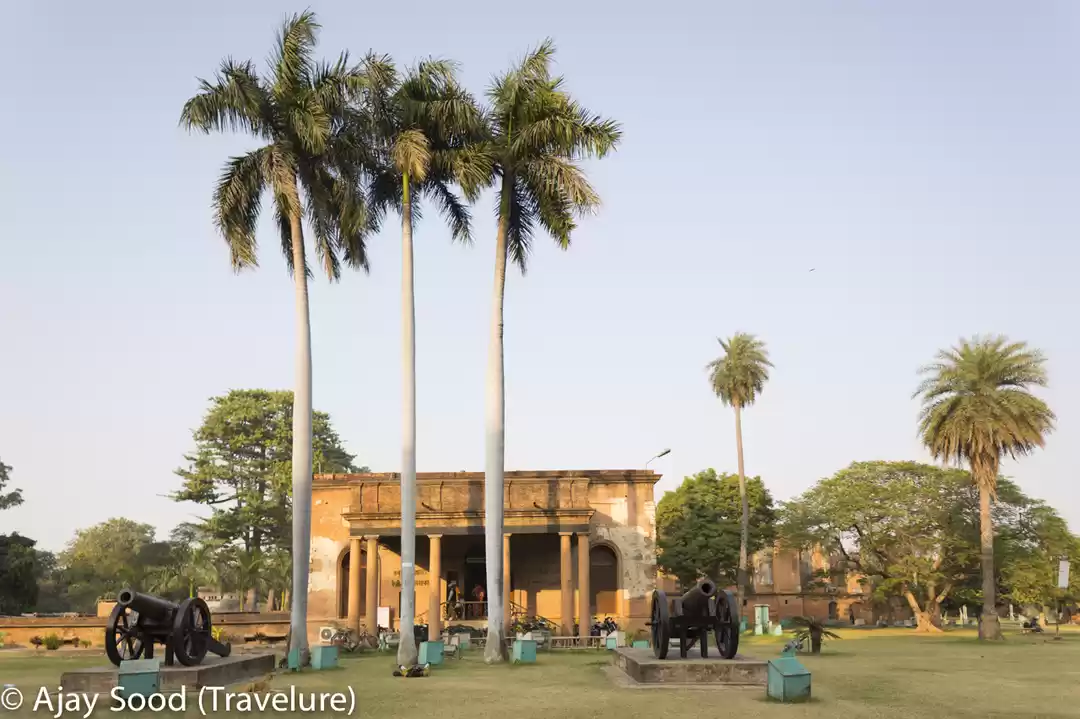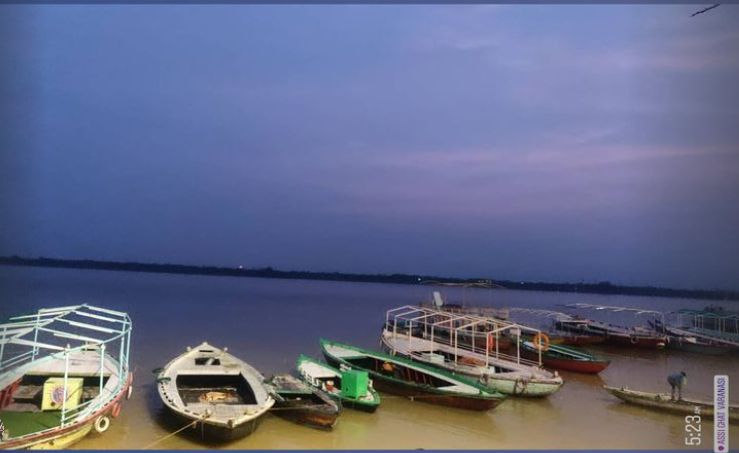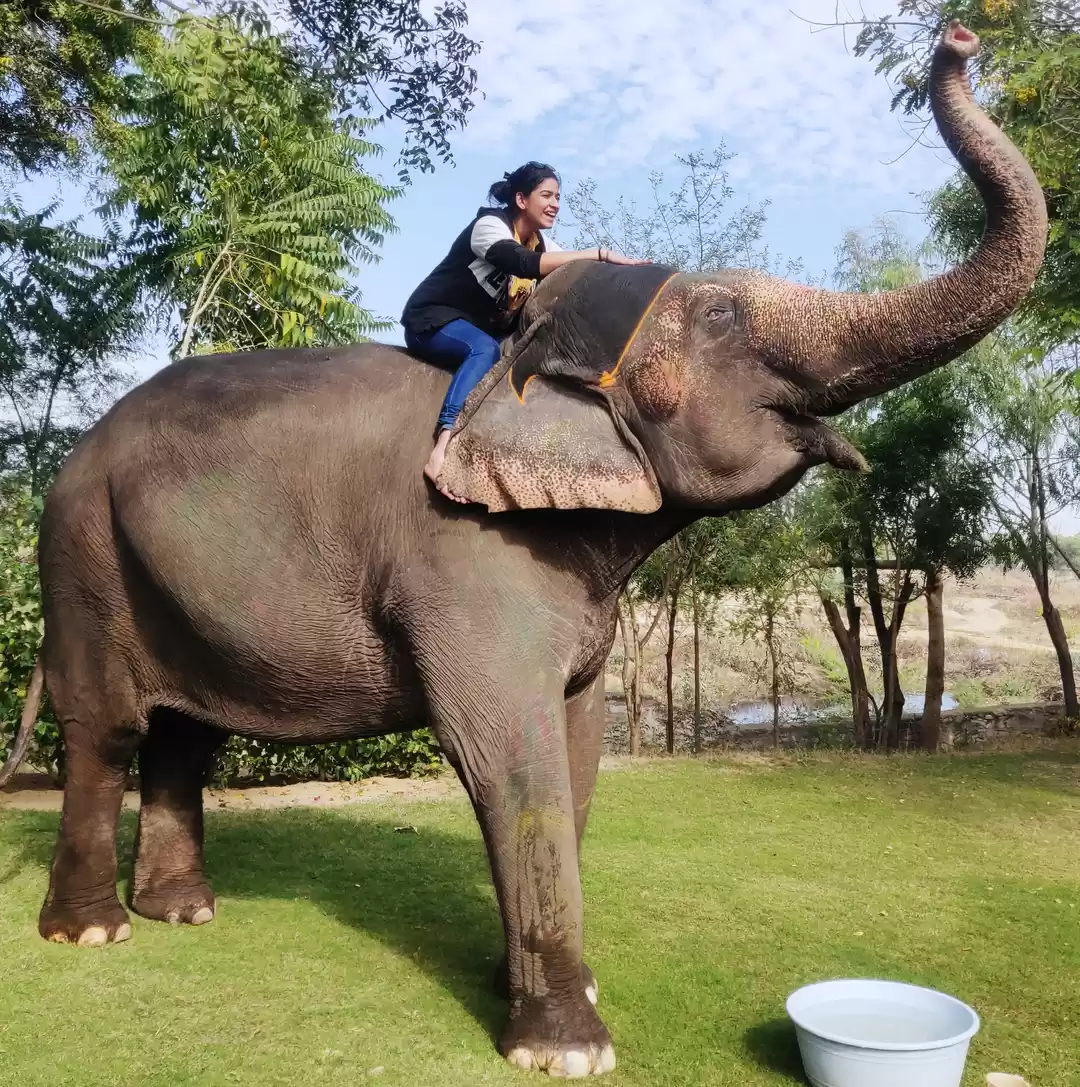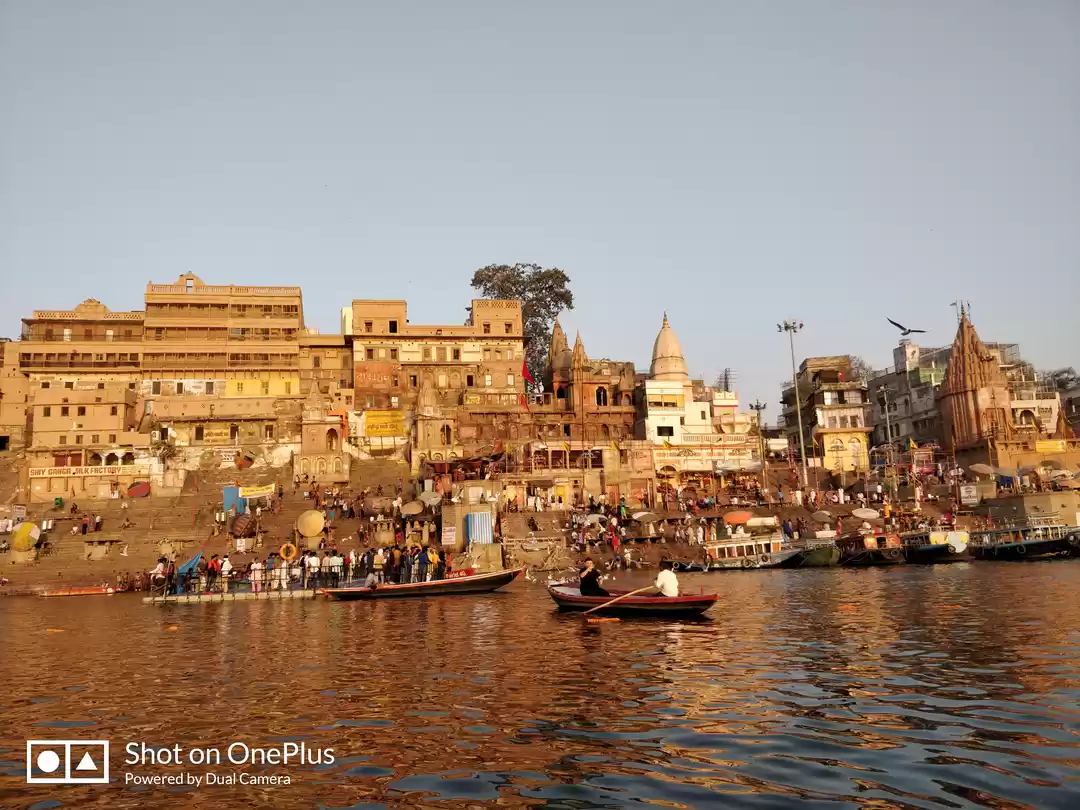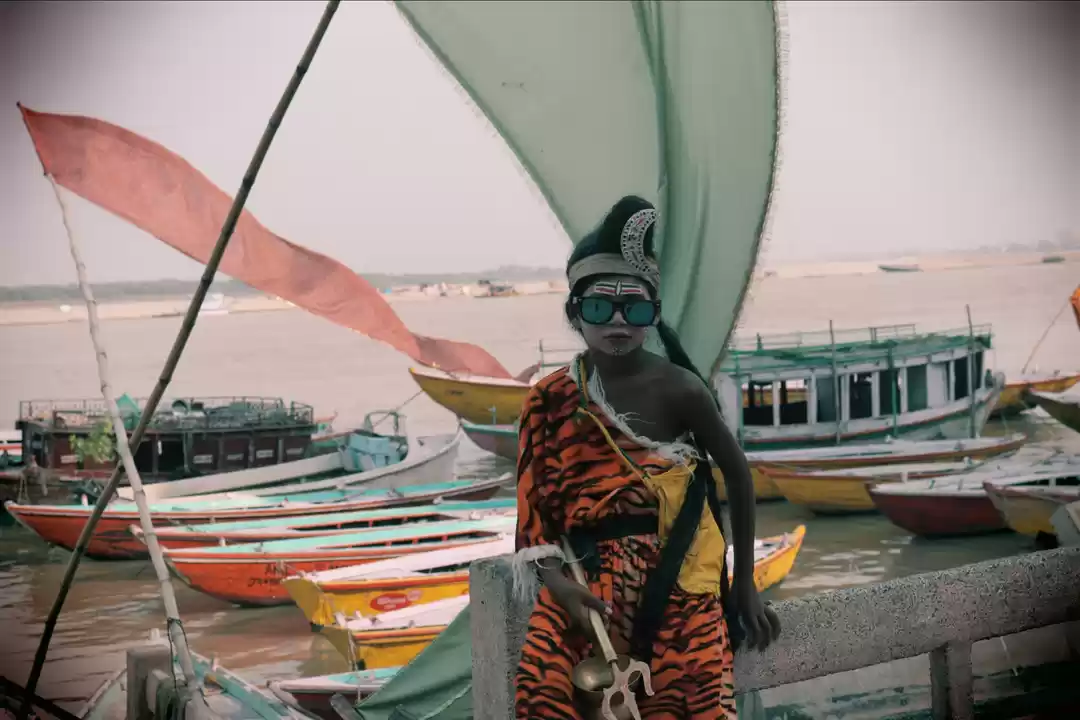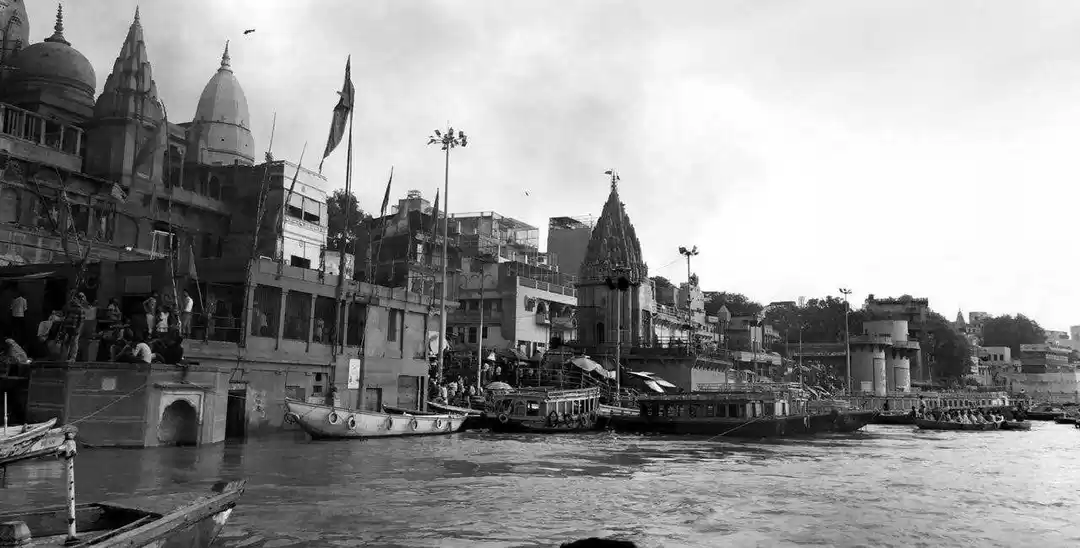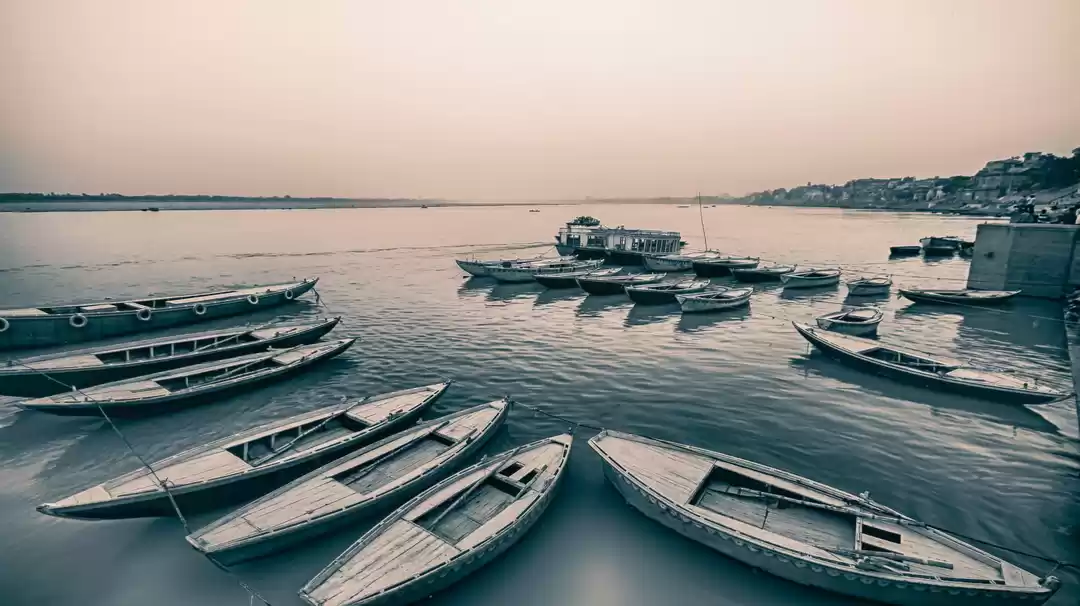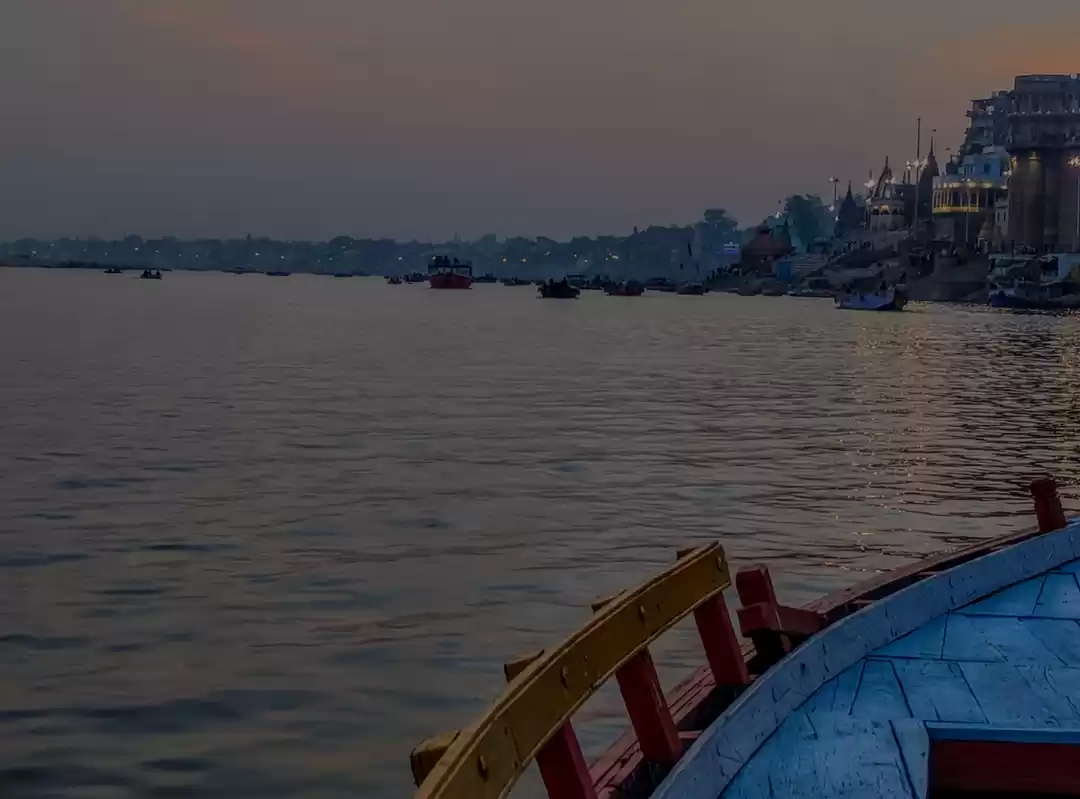
"Har har Gange!" a phrase that you're going to hear in every nook and corner of this oldest city - 'Banaras' or 'Varanasi'. It is presumed that in 1000 BC was when the human race began in this city.
Brought to life by the Hindu deity Lord Shiva, Kashi is believed to be 3000-years old. The plethora of ghats seen here is proof of its rich heritage and age-old culture.
Varanasi has 88 prominent Ghats (places with riverfront steps leading to the banks of Ganga) which are situated one after another beginning from Assi Ghat and going to Raj Ghat.
Most of the Ghats of Varanasi are associated with legends or Mythologies and many ghats are also associated with Empires like Marathas, Peshwa, Holkars, Bhonsles, and Scindias.
Here's sharing with you the list of must-visit ghats, the legends and stories behind them, and what you shouldn't be missing there -
(PS. these stories are as heard from the locals of Varanasi, and experiences are from my perspective which I acquainted in my recent trip to this holy city).
1) Assi Ghat
Located at the extreme southern end of the city, Assi Ghat is where Ganga confluences with River Assi.
Saint Tulsidas left this place for heavenly abode.
There is Shiva Linga and a Hanuman Shrine in the Ghat under a Peepal Tree which has significance as it is mentioned in Matsya purana, kurma purana, Padma Purana, Agni purana, etc.
As per an ancient legend, Assi Ghat was originated when Goddess Durga threw her sword in the holy river after killing the demon Shumbha-Nishumbha with it. The spot where she stood became the ghat and since then Assi Ghat became an important ritualistic place in Varanasi.
Don't miss out on -
The spectacular morning aarti under the Subah-e-Banaras program, started by the Govt in 2014, that takes place at 4am.
Wake up early morning, and take a stroll on the ghat, to witness a magnificent sunrise and morning Ganga Aarti.
Also, this ghat is very close to the magnificient BHU (Banaras Hindu University)!
'Vaatika Pizzeria' a cafe you wouldn't want to miss here, as it is famous for its Italian cuisine.


2) Harishchandra Ghat
It is named after a mythological King Harish Chandra, who once worked at the cremation ground here for the perseverance of truth and charity.
It is believed that the Gods rewarded him for his resolve, charity and truthfulness and restored his lost throne and his dead son to him.
Harishchandra Ghat is one of the two cremation Ghats and is sometimes referred as Adi Manikarnika, which means the original creation ground. In Hindu mythology it is believed that if a person is cremated at the here, then they gets salvation or “moksha”.
Don't miss out on -
The ghat is an excellent place to observe the sunrise and the sunset.
Start your

3) Dasashwamedh Ghat
Dasashwamedh Ghat is considered to be the main ghat of Varanasi and it is the closest ghat to Kashi Vishwanath Temple. The most lively ghat in the city. The ghat was reconstructed by the Bajirao Peshwa I in the year 1740 AD and later by the Queen of the Indore - Ahilyabai Holkar in the year 1774.
One of Varanasi's oldest ghats, Dasashwamedh hosts some of the most mellifluous aartis dedicated to the Lord Shiva, River Ganges, Surya, Agni as well as the whole universe in the evening.
According to a legend, Lord Brahma sacrificed ten horses during a yagna performed here hence named as Dasashwamedha Ghat (Dasha means ten, Ashwa means horse and ashwamedha is a type of yagna performed by sacrificing horses).
Don't miss out on -
Visit the observatory of Jantar Mantar - built by Maharaja Jai Singh;
The picturesque Ganga Aarti in the evening
Do have the lemon masala tea.

4) Darbhanga Ghat
This prismatic ghat is a photographer's delight. Darbhanga, built by Nagpur's finance minister, Sridhara Narayana Munshi, is replete with the most exquisite architecture. Henceforth, it's also known as Munshi ghat.
Featuring a plush palace belonging to a royal family of Bihar, it dates back to the 1900s. Built entirely from sandstone, the palace is guarded by sweeping porches and Greek pillars.
Don't miss out on -
Take a walk along the ghat as you chase the setting sun;
Trek/hike though the dense forestation of the Chandra Prabha Sanctuary;
Godowilia bazaar's hole-in-the-wall shops which sell Banarasi Paan and Gulkhand is the highlight!

5) Meer Ghat
One of the lesser-known ghats in Varanasi, the bank was christened in the memory of the Muslim commander, Meer Rustam Ali.
A sacred well, encircled by five temples, and a structure representing the Divodasesvara lingam are located at the site of Dharmakupa.
Interestingly, Swami Karapatri, a conservative Brahmin and cult-chief, believed that due to the presence of people from the lower castes, the ghat's Visvesvara temple was rendered 'impure'. And hence, in 1956, he established the 'New Visvesvara Temple', that today sits on the very top of the ghat
Don't miss out on -
Head to the Varanasi Cafe & Bakery, for a hearty breakfast;
visit the Bhairav Mandir;
visit the sandstone structure of the Ramnagar Fort, dating back to 1750, and marvel at its Mughal architecture.
6) Manikarnika Ghat
According to the legend, the Goddess Parvati, consort of Lord Shiva, hid her earrings (Mani i.e. ring; Karnika i.e. Ear), and asked Lord Shiva to find them.
Probably the holiest of all, this ghat is believed to grant salvation or moksha to the mortal souls upon their cremation here.
Referred to as the 'burning ghat', Hindus believe that being cremated here liberates them from the cycle of rebirth and death. Clusters of funeral pyres line the shore and fires can be seen burning away into the oblivion at all hours of the day. It is said that - not an hour in a day has gone by when there was no burning pyre, since the ghat was formed.
The warrior queen, Laxmibai, of Jhansi was born as Manikarnika here, thereby taking the name from this ghat.
Don't miss out on -
Head to the Kathwala Temple (Nepali Temple) - it is a replica of the Pashupatinath Temple in Kathmandu;
Obviously you wouldn't want to miss out on the Kashi Vishwanath Temple.
It is said to be auspicious to also visit the Bhairav Temple whilst you visit Kashi.
Visit the leaning temple of Banaras - Ratneshwar Mahadev Mandir



More Snippets from my trip - https://www.instagram.com/stories/highlights/17920326067827832/






